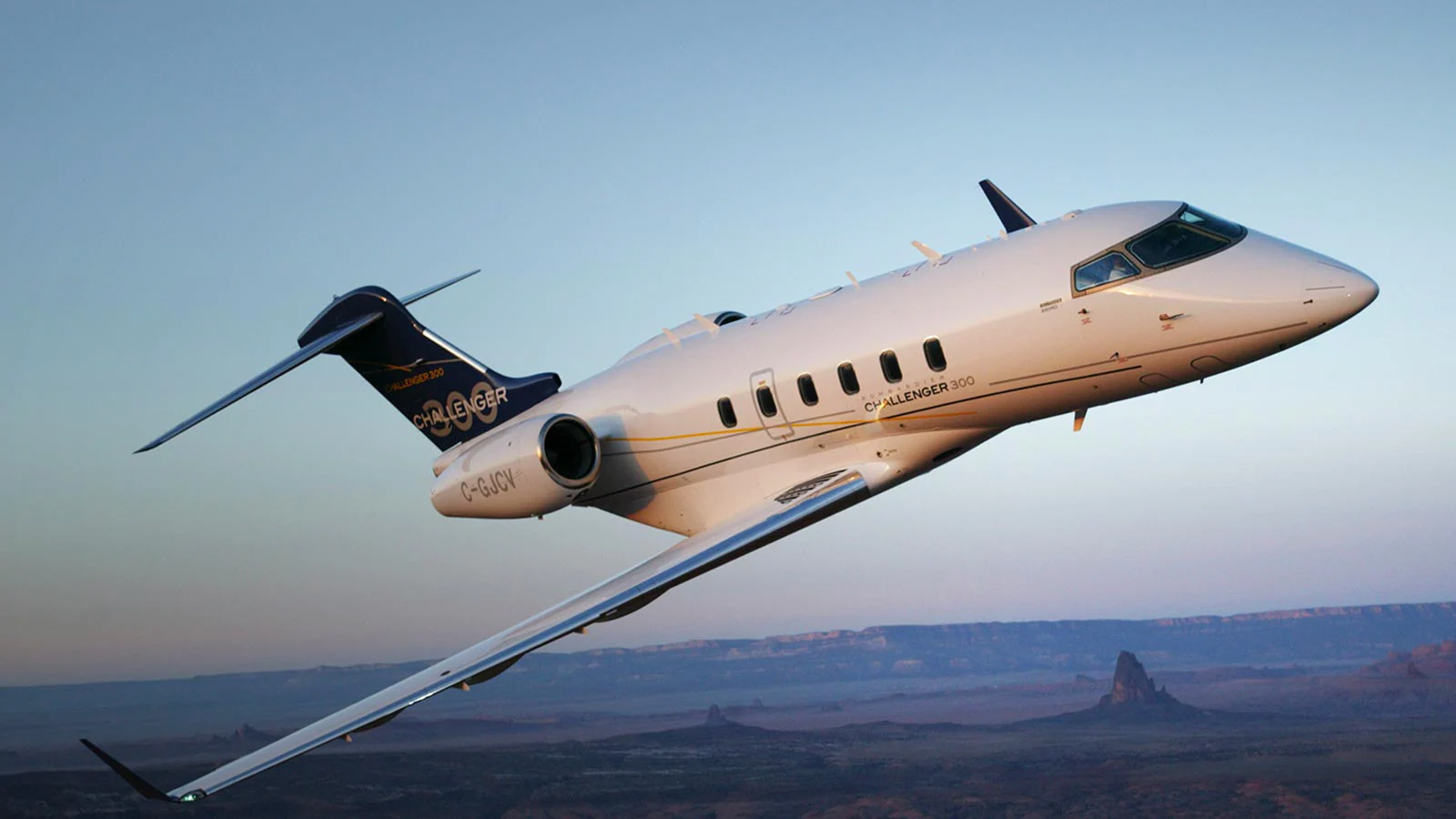
The year-on-year comparisons look good. But compared to levels of activity before the COVID-19 pandemic, there are few companies active in Europe’s business aviation sector that can claim any significant growth.
Unlike in the U.S., where some level of normal operations has largely been possible throughout, Europe’s patchwork of ever-changing national travel restrictions has left the sector with a steeper climb back to anything like pre-COVID activity.
“Broadly speaking, the U.S. has had a better pandemic in terms of sustained flight activity, and an accelerating rebound in the last four or five months,” says Richard Koe, managing director of WingX Advance, a market analyst. “Europe has been well behind that curve, with the exception of last summer, when things came back pretty strongly as restrictions were lifted. But that was then swiftly suppressed as most countries came back into some sort of lockdown toward the end of the year.”
Growth is certainly happening, but the most spectacular increases are being seen to the east.
“Russia and Turkey—both with pretty big domestic markets—have had, in the last couple of months, more traffic than 2019,” Koe says. “Vnukovo [Moscow] is the second-busiest airport in Europe for bizav. No one’s ever seen that before. It would normally be between number 10 and 15.”
Both last summer’s European operations bounce, and the current rise in business aviation traffic to the east, point to one of the important features of post-COVID recovery: so far, this is leisure travel, not business.
“We see a lot more weekend travel from Vnukovo to Sochi or to the Crimea that might previously have come in to Nice or Geneva,” Koe says. “There’s also a growing route that goes: Russia, Turkey, Dubai, Maldives. The high-end leisure market is quite oriented around that trip.”
Domestic trips are also up. But—as with wealthy Russians opting for the Maldives rather than the south of France for their vacations—whether this is a temporary change or a new trend is, as yet, hard to say.
“I would estimate domestic travel is up from 50 to 75% of bizav flight numbers,” Koe says. “It’s difficult at this stage to say whether that’s volition, or is it just because flying internationally is a nightmare, if not illegal, at the moment?”
The other big trend that differentiates the European business aviation marketplace from its U.S. equivalent is the relative lack of significant mergers and acquisitions. It is a fragmented market, ripe for consolidation.
“In the U.S., you’ve seen this pandemic, and the recovery from it, has triggered consolidation,” Koe says. “There’s a recognition in the U.S. that the air-taxi/branded-charter space is really burgeoning and is likely to attract a much bigger market than it ever has before.”
Indeed, he argues, the recent acquisition of UK-based helicopter operator Halo Aviation by Flexjet’s owner, Directional Aviation, shows that the trend may well have begun in Europe.
“[Directional] will be starting to accumulate fleets from European operators, for sure,” Koe says. “Wheels Up has been talking about coming to Europe for three or four years. They’ll be looking around and thinking: ‘Which operators are flourishing here? Which operators have kept working, rather than shutting down in the pandemic?’ I would imagine Wheels Up will be looking at the likes of Air Hamburg or Globe Air as the ideal acquisition to get started quick within the European space.”





